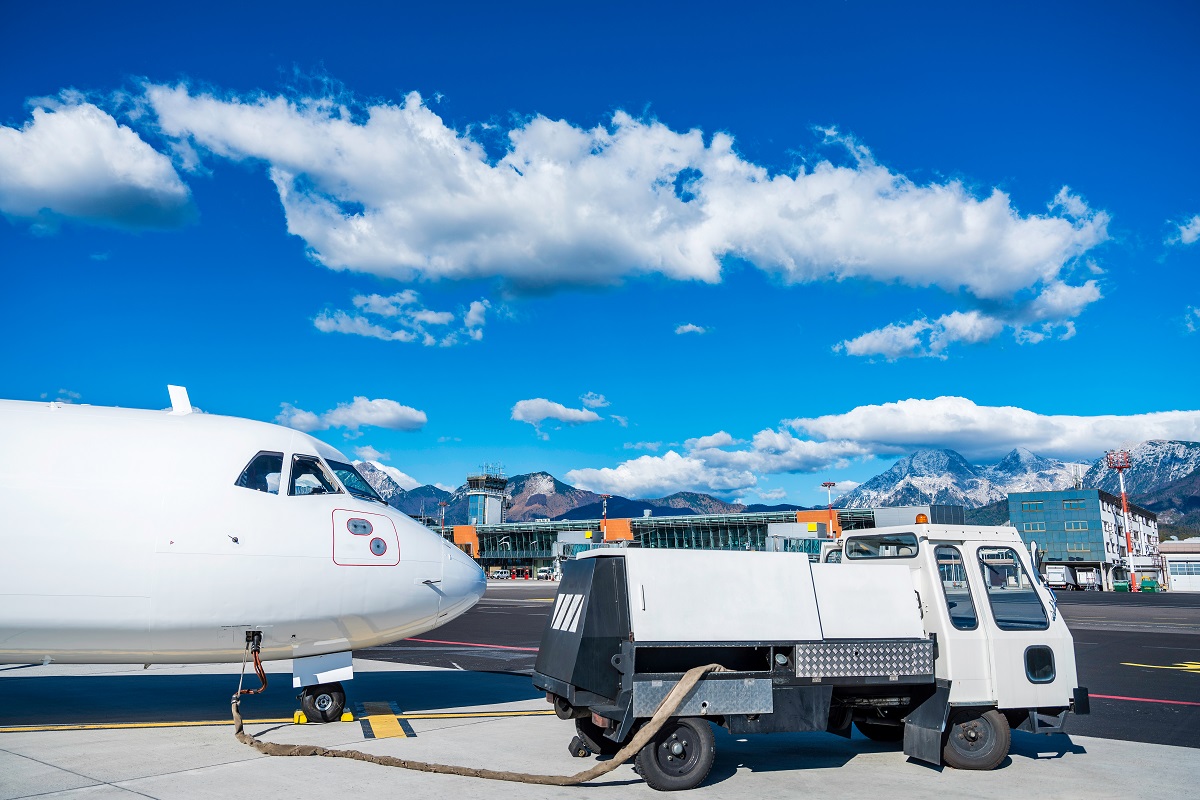
Airports are bustling hubs of activity, but have you ever thought about their environmental impact? Airport environmental management is all about reducing that impact and making air travel greener. From managing noise pollution to reducing carbon emissions, airports have a lot on their plate. They use innovative technologies and practices to ensure they operate sustainably. For example, many airports have introduced electric ground vehicles and solar panels. They also focus on water conservation and waste management. Environmental management at airports isn't just about compliance; it's about creating a better future for everyone. Ready to learn more? Let's dive into 20 fascinating facts about how airports are going green!
Key Takeaways:
- Airports are taking big steps to protect the environment, like using electric power for taxiing and soundproofing nearby homes. They're also recycling, conserving water, and even scaring away birds with trained falcons!
- From using advanced monitoring systems to managing wildlife, airports are working hard to be eco-friendly. They're also using solar panels, energy-efficient lighting, and sustainable building practices to reduce their impact on the environment.
Airport Environmental Management: A Closer Look
Airports are bustling hubs of activity, but they also have a significant impact on the environment. Managing this impact is crucial for sustainable development. Here are some fascinating facts about how airports handle environmental challenges.
Air Quality Management
Airports must monitor and manage air quality to minimize pollution from aircraft and ground operations.
- Airports use advanced monitoring systems to track pollutants like nitrogen oxides and particulate matter.
- Many airports have adopted low-emission ground support equipment to reduce air pollution.
- Some airports implement green taxiing systems, where aircraft use electric power instead of jet engines while taxiing.
Noise Pollution Control
Noise pollution is a major concern for communities near airports. Various strategies are employed to mitigate this issue.
- Airports often use noise abatement procedures to minimize the impact of aircraft noise on surrounding areas.
- Soundproofing homes and schools near airports helps reduce the impact of noise pollution.
- Curfews and restricted flight paths are sometimes implemented to limit noise during sensitive times.
Waste Management
Handling waste efficiently is essential for maintaining a clean and sustainable airport environment.
- Recycling programs at airports help manage waste more effectively.
- Some airports have composting facilities to handle organic waste from restaurants and cafes.
- Waste-to-energy plants at certain airports convert waste into usable energy.
Water Conservation
Water is a precious resource, and airports take various measures to conserve it.
- Rainwater harvesting systems are used at many airports to collect and reuse water.
- Low-flow fixtures in restrooms help reduce water consumption.
- Recycling water for irrigation and cleaning is a common practice at environmentally conscious airports.
Energy Efficiency
Reducing energy consumption is a key aspect of airport environmental management.
- LED lighting systems are widely used to cut down on energy usage.
- Solar panels installed on airport rooftops generate renewable energy.
- Energy-efficient HVAC systems help maintain comfortable temperatures while using less power.
Wildlife Management
Airports must also manage wildlife to ensure safety and protect local ecosystems.
- Habitat management programs help control bird populations near airports.
- Fencing and other barriers are used to keep wildlife away from runways.
- Some airports use trained falcons to scare away birds and reduce the risk of bird strikes.
Sustainable Building Practices
New airport constructions and renovations often incorporate sustainable building practices.
- LEED certification is sought for many new airport buildings to ensure they meet high environmental standards.
- Green roofs and walls are used to improve insulation and reduce the urban heat island effect.
Final Thoughts on Airport Environmental Management
Airports play a huge role in environmental management. From reducing carbon emissions to managing waste, they’re making strides to be more eco-friendly. Noise pollution is another biggie, with many airports implementing noise abatement procedures. Water conservation efforts are also on the rise, with airports using recycled water for landscaping and other non-potable uses. Renewable energy sources like solar and wind power are becoming more common, helping to reduce reliance on fossil fuels. Green building practices are being adopted in new constructions and renovations. Airports are also focusing on protecting local wildlife and habitats. These efforts not only benefit the environment but also improve the quality of life for nearby communities. As air travel continues to grow, the importance of sustainable practices in airport operations will only increase. So next time you’re at an airport, remember the behind-the-scenes work being done to protect our planet.
Frequently Asked Questions
Was this page helpful?
Our commitment to delivering trustworthy and engaging content is at the heart of what we do. Each fact on our site is contributed by real users like you, bringing a wealth of diverse insights and information. To ensure the highest standards of accuracy and reliability, our dedicated editors meticulously review each submission. This process guarantees that the facts we share are not only fascinating but also credible. Trust in our commitment to quality and authenticity as you explore and learn with us.


